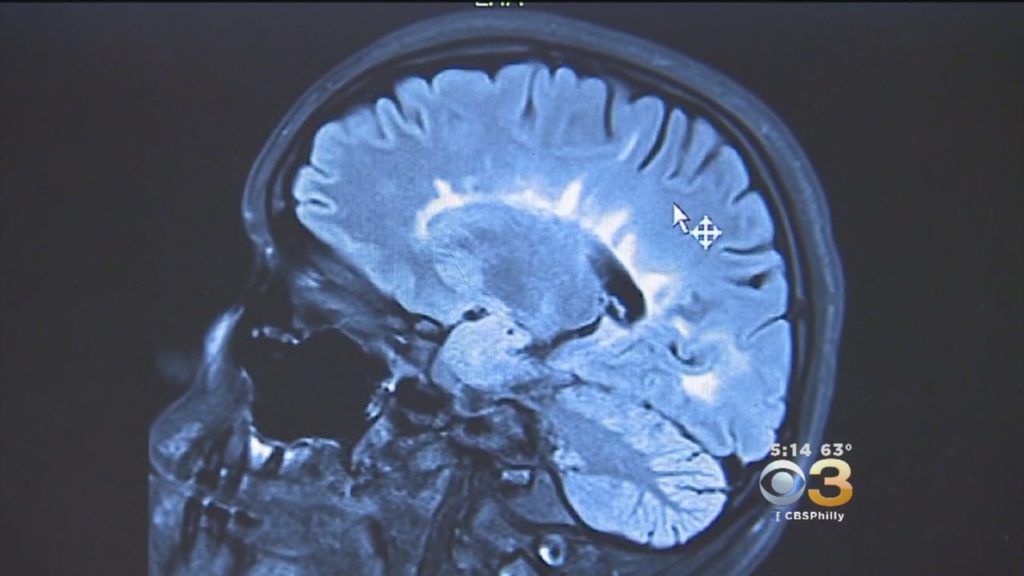
Researchers from the University of Oxford and the University of Hamburg have discovered a disease-causing population of immune cells, which travel to the brain in patients with multiple sclerosis (MS). Using an approved treatment, which blocks transit through the blood brain barrier, they demonstrate how to trap these cells in the blood, revealing a unique opportunity for cell targeting to prevent disease progression.
Understanding multiple sclerosis (MS) is complicated because unlike in other diseases, the site of inflammation – the brain – is not readily accessible in living patients. In this study the team made use of a treatment called natalizumab (Tysabri®). This drug stops immune cells from entering the brain, trapping them in the blood where they can be more easily targeted.
By looking at individual cells, the scientists were able to identify the immune cells travelling to the brain, and understand their function at high resolution. Dr Hayley Evans said, ‘We were able to generate high quality data, maximising the use of precious patient samples. This allowed us to reveal novel characteristics of this population, which could be used to develop new treatments that eliminate them before they enter the brain and drive disease’.
The team then followed these immune cells from the blood to the brain, utilising rare tissue samples from deceased late-stage MS patients. Using a cutting-edge technology called spatial transcriptomics, they were able to locate the gene signatures of these cells using a detailed physical map. In this way, the researchers demonstrated that those specific immune cells were indeed localised in areas of brain damage in patients.
‘Our results suggest that the colonisation of the brain by immune cells could be an important factor in the therapeutic resistance of late-stage MS,’ says Professor Lars Fugger, Director of the Oxford Centre for Neuroinflammation. ‘At the same time, we demonstrate that these cells can be mobilised to the blood at an early disease stage, raising the possibility that they could be reached by novel therapeutics.’
The study was released in Med accompanied by an editorial by Professor Lawrence Steinman from the University of Stanford, co-inventor of Natalizumab. In it, Professor Steinman stresses the importance of these findings and discusses new therapeutic strategies that could follow from them.
This work was funded by Wellcome, the Medical Research Council UK, the Oak Foundation, and the NIHR Oxford BRC.